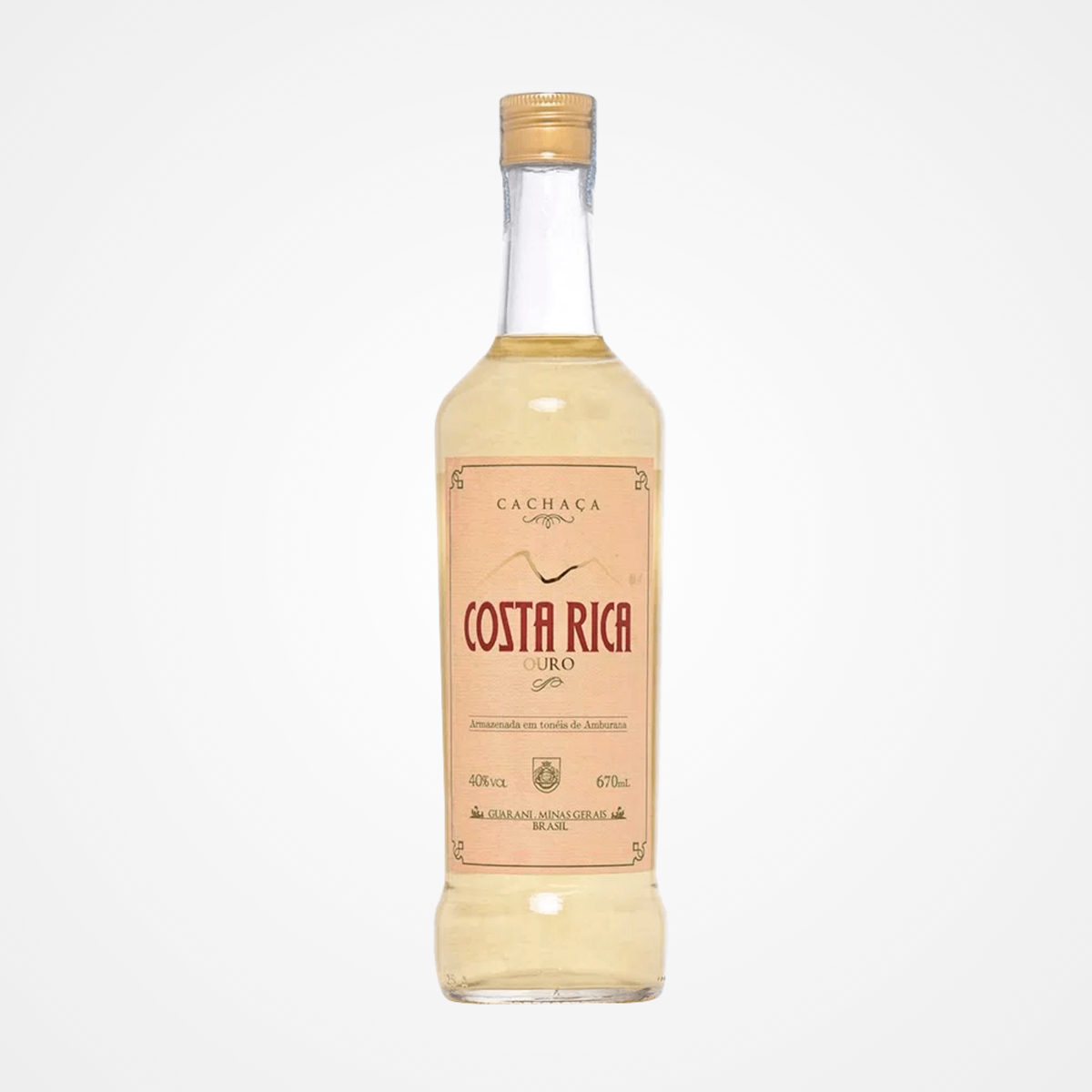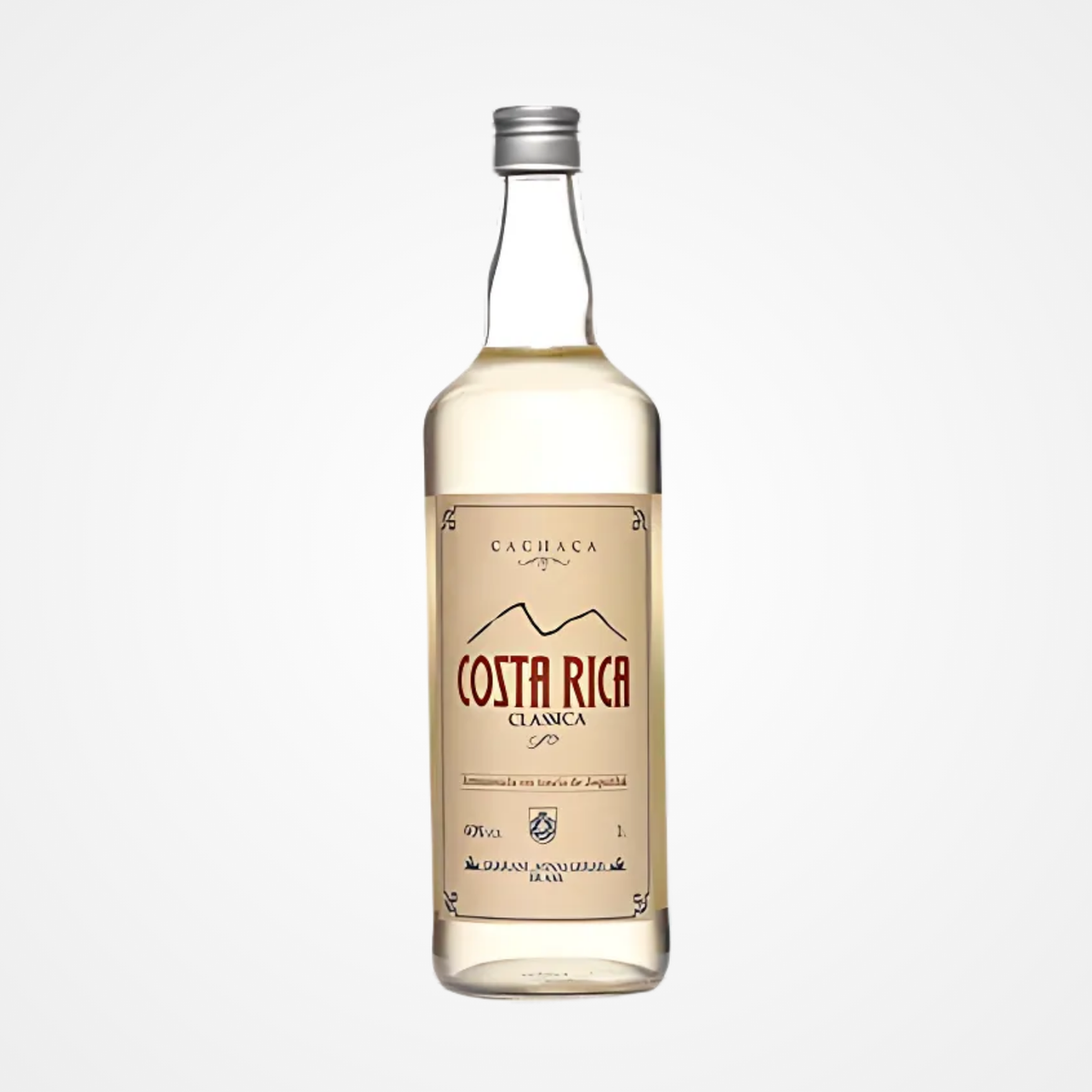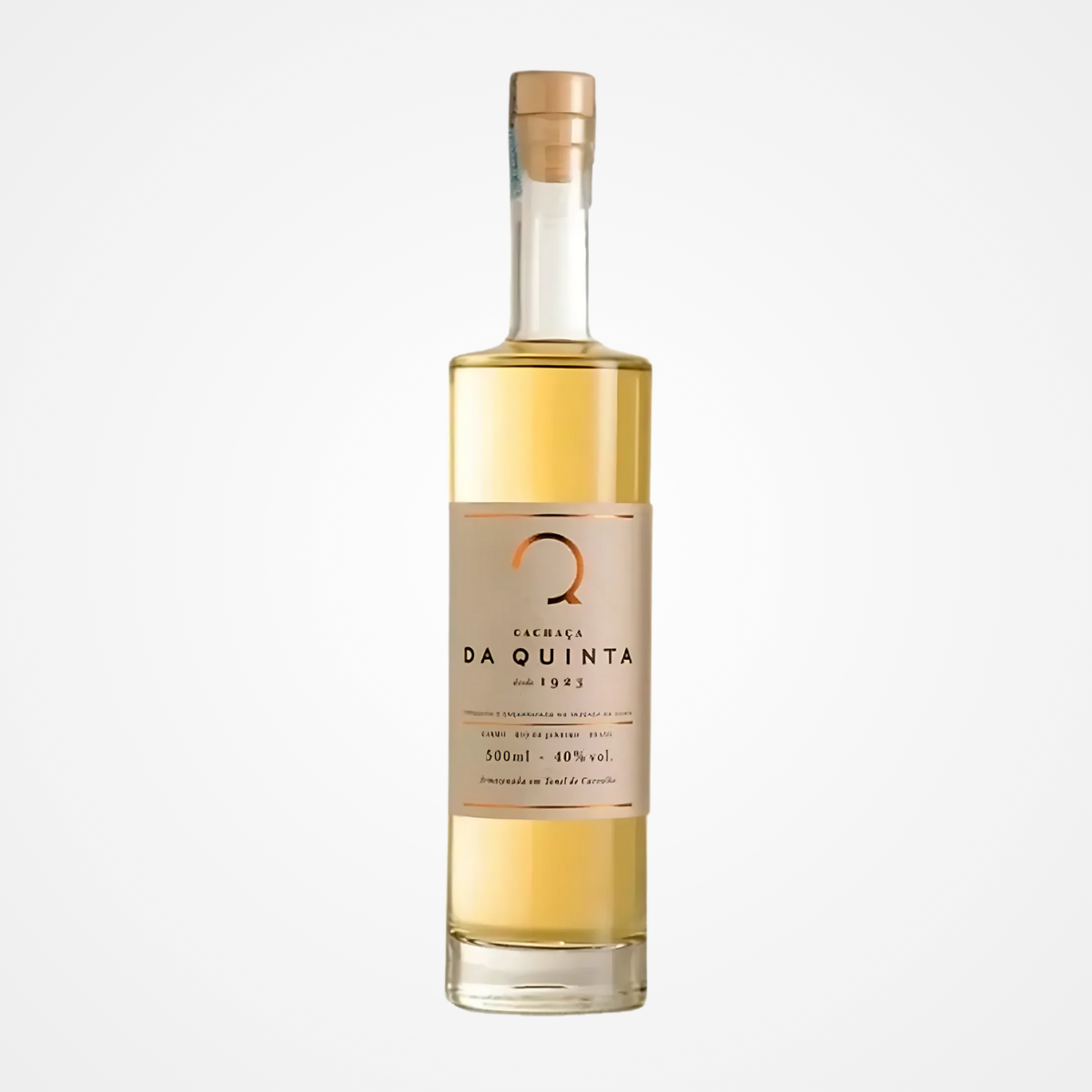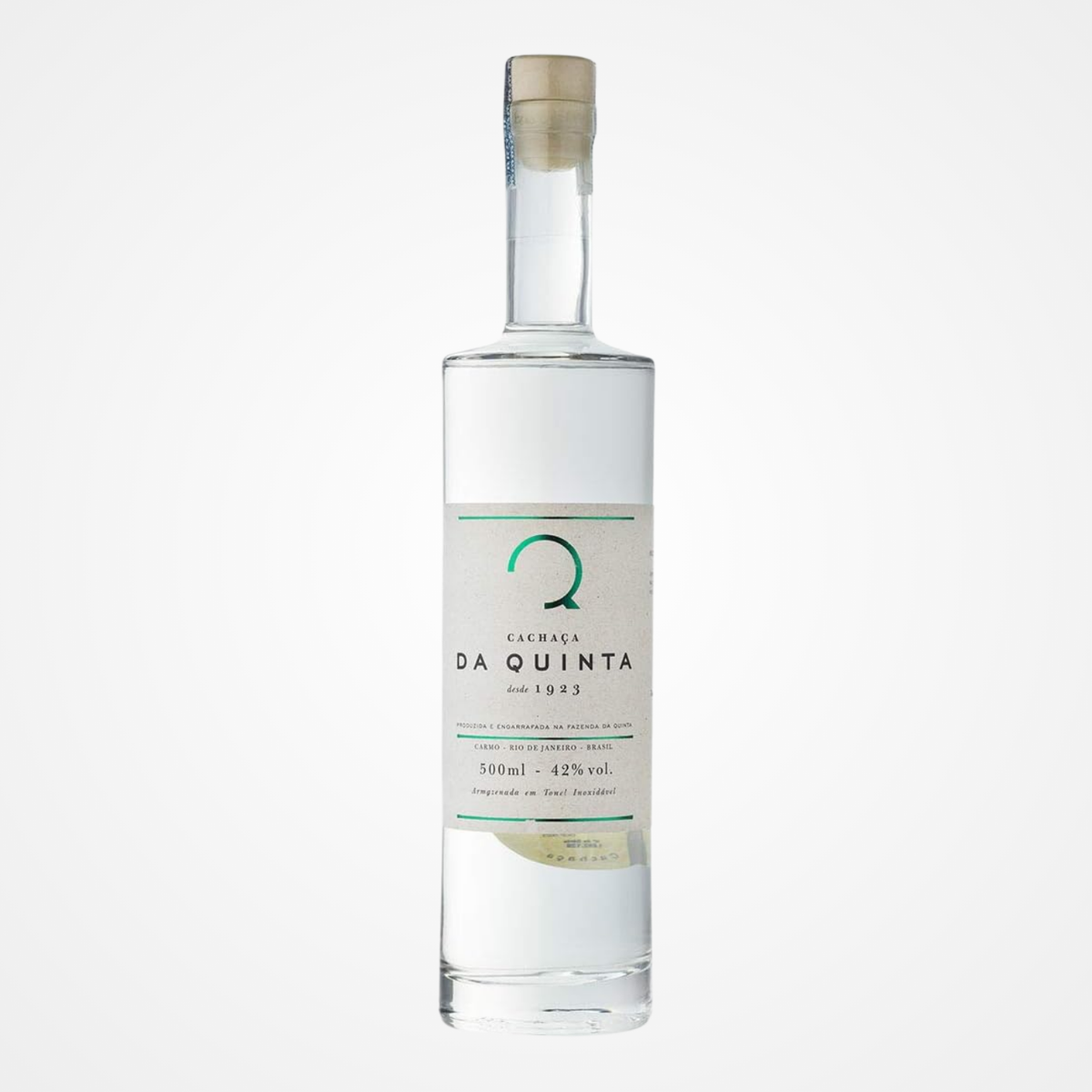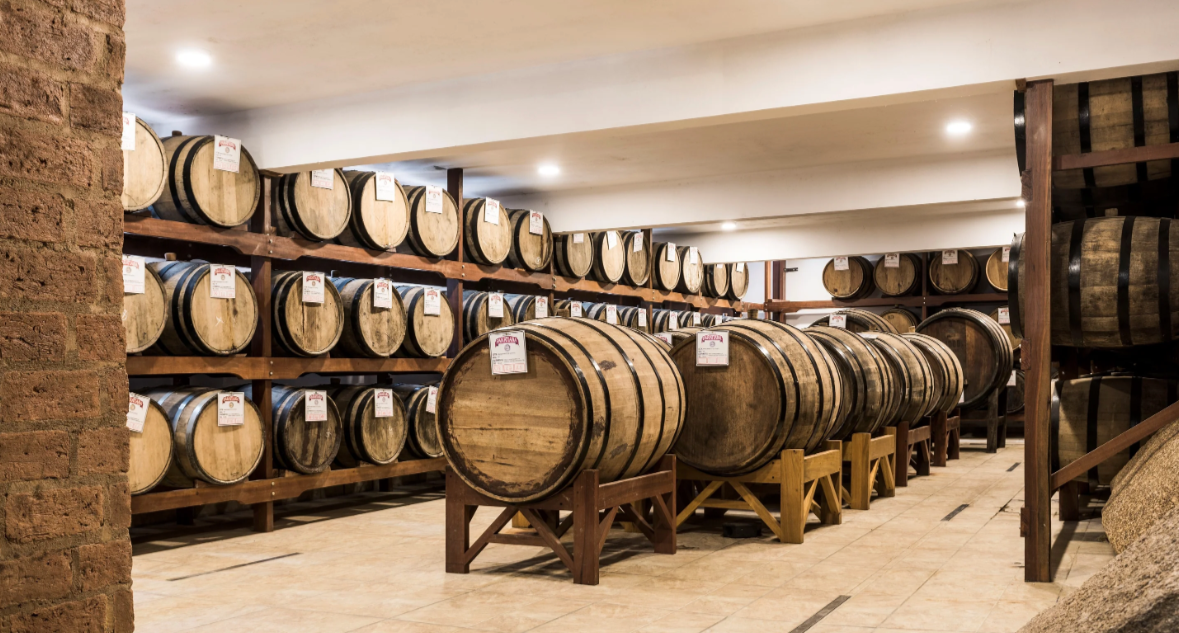Discover the colors, aromas, and flavors created by the different types of wooden barrels in which premium cachaças are aged!
While other spirits are aged exclusively in oak barrels, whether European or American, cachaça differs because more than forty species of national woods, such as Jequitibá-rosa, Jequitibá-branco, Baume, Arachide, Ipê, Amburana, Grápia, Ariribá, Jatobá́, Freijó, and Canela-sassafras, give the national distillate its identity and authenticity.
Aging cachaça in wooden barrels alters its organoleptic properties. These properties depend on determining factors such as the quality of the cachaça to be stored for aging, its alcohol content, the size of the barrel, the type of wood in the barrel and its condition, the storage period, whether the barrel has been toasted or not, and even the cellar's environmental conditions.
Several Brazilian woods have proven ideal for storage, thanks to their strength, low porosity (reducing evaporation), and low ability to interfere with the beverage's sensory qualities, thus preserving the main characteristics of pure cachaça.
For cachaça to be considered aged, 50% of its bottled volume must mature for at least one year in a barrel of up to 700 liters. Most aged cachaças are aged in American or European oak, previously used for the whisky aging process.
Brazilian woods such as amburana and balsam are increasingly used, increasing the variety of flavors during tasting.
During maturation, the alcohol extracts compounds from the wood, and oxygen, circulating through the pores of the barrel, contributes to the formation of acids, esters, and aldehydes that modify the beverage.
Depending on the maturation time in casks and wooden barrels, cachaça can be classified as white, premium, extra-premium, or special reserve.
